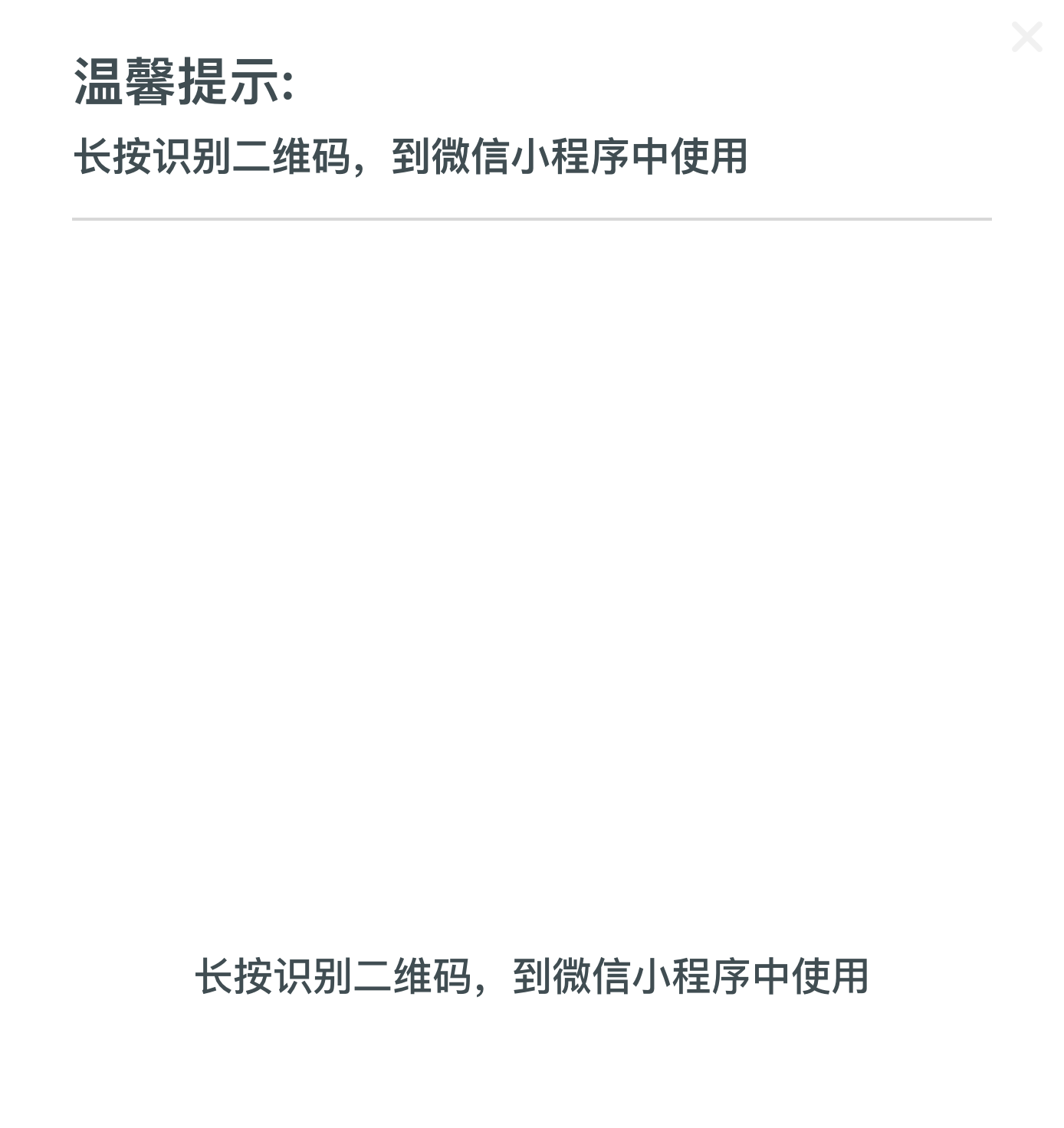皮皮学,免费搜题
登录
搜题
【简答题】

 Reading Comprehension (40 minutes) Section A Directions: In this section , there is a passage w ith ten blanks . You are required to select one w ord for each blank from a list of choices gi v en in a w ord bank follo w ing the passage . Read the passage through carefully before making your choices . Each choice in the bank is identified by a letter . Please mark the corresponding letter for each item on the Ans w er Sheet . You may not use any of the w ords in the bank more than once . Questions 36 to 45 are based on the following passage. Over 32 billion has been paid out to winners since the first UK national lottery draw in 1994.With such huge sums of money at stake it is perhaps no surprise that something like 70 percent of UK adults play the lottery on a __ 36 __ basis. They can even choose to play daily as the company which runs the UK National Lottery , Camelot , operates multiple games. Of course , there is a more serious side to the lottery. The UK government collects around 12 percent tax on lottery revenues and ensures a further slice of the money goes to good __ 37 __.These include __ 38 __ in health , education , the environment , the arts , sport and national heritage. With all these positive __ 39 __for lottery revenue , it might be hard to imagine a downside to the lottery. But there are some very vocal __ 40 __ to the national game. Some feel that any form of gambling is wrong whilst others choose to __ 41 __ the way the lottery revenue is spent. Another area of __ 42 __ is over the level of support and advice given to new lottery winners. Just how are people meant to __ 43 __ the huge sums of money that the lottery jackpots now offer? Well , with over 2,100 newlycreated millionaires , some manage better than others. For every story of successful investment and charitable giving there is a more __ 44 __ story of careless spending. We shouldn't forget the story of John McGuinness , who invested a large part of his $10 million win in a newly formed football team and who is now facing bankruptcy and financial __ 45 __. A) intense I) established B) causes J) inventions C) concern K) disgusting D) applications L) projects E) opponents M) manage F) sensational N) regular G) disasters O) ruin H) criticize Section B Directions: In this section , you are going to read a passage w ith ten statements attached to it . Each statement contains information gi v en in one of the paragraphs . Identify the paragraph from w hich the information is deri v ed . You may choose a paragraph more than once . Each paragraph is marked w ith a letter . Ans w er the questions by marking the corresponding letter on the Ans w er Sheet. Investment Diversification A) The textbook definition of investment diversification is to build a portfolio ( 组合 ) of investments from a variety of asset classes so as to spread out your investment risk and balance it among (and within) the different asset classes : stocks , bonds and cash. The idea is to choose a combination of these three assets that produces the ideal level of risk. No risk means no growth , but too much risk means the potential exists for swift financial disaster. By spreading out the risk , you lower the odds that all of your investments will lose at once. It might not be glamorous , but it's a safe way to grow your money over a long period of time. Diversification works because it takes the long view of investing. It's nearly impossible to predict the shortterm performance of the financial markets. In 1992 , the worst performing sector of the market was foreign stocks. In 1993 , it was the best performing sector. B) Stocks are generally the riskiest of the three asset classes. They are divided into small cap , mid cap and large cap stocks based on the size of the company (“cap” is short for market capitalization) . Stocks are also categorized by their style. Labels such as growth , value , international and blend help identify the relative risk and growth potential of the stock. Bonds are sold by the government and private companies and come with different maturity dates (from less than a year to 30 years) . Bonds are less risky than stocks and therefore offer lower returns. Bonds with lower credit ratings , also known as junk bonds , might carry higher interest rates , but run the risk that they may not be paid. Cash investments include any highly secure , lowinterest account like a savings account at the bank or a money market account. The risk with cash accounts is close to zero. C) There's no single formula for allocating your investments. Allocation depends heavily on the amount of risk with which you're comfortable. It also depends on your stage in life as an investor. If you're just starting out and you have 20 or more years before you'll need to start cashing in your investments , then your allocation will be much different than someone who's a year away from retirement. As a general rule , the younger you are , the more risk you can take with your investment portfolio. This is because you have the luxury of time. Even if you have a few bad years with the stock market , you can still rely on the magic of compound interest to grow your investments considerably over the long term. D) For a young investor who has 15 or more years until she has to start paying for her child's college education or her own retirement , she will allocate the majority of her portfolio to stocks. Some young investors even invest 100 percent of their assets in stocks at the beginning. As an investor gets a little older , perhaps after he gets married or has his first child , he may want to secure his investments a little more by allocating 80 percent of his portfolio to stocks and 20 percent to bonds. As college or retirement appears on the horizon , some investors will overcome even more conservative , perhaps allocating 60 percent of his assets to stock and 40 percent to bonds. E) When an investor is just a few years away from retirement , she might want to switch all of her holdings to bonds and cash accounts. Hopefully the investor has built up a nice nest egg by now. The worst thing to happen at this point would be for a stock market crash to wipe out all of her savings. So even though her money will grow at a slower rate , it's better to keep it safe in lowrisk , lowinterest bonds and cash. F) Diversification within each asset class is the key to a successful , balanced portfolio. Through careful research , you need to find assets that work well with each other. True diversification means having your money in as many different sectors of the economy as possible. With stocks , for example , you don't want to invest exclusively in big established companies or small startups. You want a little but of both (and something in between , too) . G) Mostly , you don't want to restrict your investments to related or correlated industries. An example might be auto manufacturing and steel. The problem is that if one industry goes down , so will the other. With bonds , you also don't want to buy too much of the same thing. Buying tons of 30year Treasury Bills is fine , but it's not the way to maximize your return on investment. Instead , you'll want to buy bonds with different maturity dates , interest rates and credit ratings. Obviously , it requires a serious amount of research to figure out which stocks and bonds to buy. If you're new to investing , it might be worth it to consult with an investment advisor or money manager before you make any big decisions with your money. H) Car manufacturers recommend that you get your tires balanced every 5,000 miles (8,047 kilometers) . The same is true for your investment portfolio. About once a year , you should rebalance your portfolio to make sure that your investment allocations are still where you want them to be. Now you may be wondering ,“ If I didn't change my allocations , why would they be different ?” That's because , as an investor , you only control how much money you put in to the system. The market controls how much money you actually have at any given time. If I invest $1,000 today in IBM stock , that same stock could be worth more or less money in a week , a day or even an hour. I) The only way for your allocations to remain the same is for each of your assets to grow or shrink at the same rate. With so many different investments and so many different financial variables , that's not likely to happen. That's why you need to periodically rebalance your portfolio to restore your allocations to their original percentages. Let's look at an example. When you created your portfolio a year ago , you allocated 60 percent to stocks and 40 percent to bonds. Looking at your yearend statement , your total investment portfolio grew 15 percent over the year. But upon closer inspection , while your stocks did great , your bonds actually suffered some losses. The result is that more than 60 percent of your total money is now in stocks and less than 40 percent is in bonds. Now , you may want to leave your portfolio the way it is. After all , isn't it smart to keep more money in the assets that are doing well? While that logic might make sense in the short term , it doesn't hold up in the long term. 46. Investors are advised to invest their money in different sectors of the economy. 47. The relative risk and growth potential of one particular stock can be revealed by the label it carries. 48. Some people may become conservative when they are to reach the age of retirement. 49. One who is not familiar with investment is advised to seek professional assistance. 50. A periodical readjustment of the investment portfolio helps to restore the allocation of assets to the original percentages. 51. Investment diversification is supposed to guarantee the growth of the investment in a safe way. 52. Investors should invest their assets in related or correlated industries. 53. Younger investors are generally encouraged to take more risk with their in
Reading Comprehension (40 minutes) Section A Directions: In this section , there is a passage w ith ten blanks . You are required to select one w ord for each blank from a list of choices gi v en in a w ord bank follo w ing the passage . Read the passage through carefully before making your choices . Each choice in the bank is identified by a letter . Please mark the corresponding letter for each item on the Ans w er Sheet . You may not use any of the w ords in the bank more than once . Questions 36 to 45 are based on the following passage. Over 32 billion has been paid out to winners since the first UK national lottery draw in 1994.With such huge sums of money at stake it is perhaps no surprise that something like 70 percent of UK adults play the lottery on a __ 36 __ basis. They can even choose to play daily as the company which runs the UK National Lottery , Camelot , operates multiple games. Of course , there is a more serious side to the lottery. The UK government collects around 12 percent tax on lottery revenues and ensures a further slice of the money goes to good __ 37 __.These include __ 38 __ in health , education , the environment , the arts , sport and national heritage. With all these positive __ 39 __for lottery revenue , it might be hard to imagine a downside to the lottery. But there are some very vocal __ 40 __ to the national game. Some feel that any form of gambling is wrong whilst others choose to __ 41 __ the way the lottery revenue is spent. Another area of __ 42 __ is over the level of support and advice given to new lottery winners. Just how are people meant to __ 43 __ the huge sums of money that the lottery jackpots now offer? Well , with over 2,100 newlycreated millionaires , some manage better than others. For every story of successful investment and charitable giving there is a more __ 44 __ story of careless spending. We shouldn't forget the story of John McGuinness , who invested a large part of his $10 million win in a newly formed football team and who is now facing bankruptcy and financial __ 45 __. A) intense I) established B) causes J) inventions C) concern K) disgusting D) applications L) projects E) opponents M) manage F) sensational N) regular G) disasters O) ruin H) criticize Section B Directions: In this section , you are going to read a passage w ith ten statements attached to it . Each statement contains information gi v en in one of the paragraphs . Identify the paragraph from w hich the information is deri v ed . You may choose a paragraph more than once . Each paragraph is marked w ith a letter . Ans w er the questions by marking the corresponding letter on the Ans w er Sheet. Investment Diversification A) The textbook definition of investment diversification is to build a portfolio ( 组合 ) of investments from a variety of asset classes so as to spread out your investment risk and balance it among (and within) the different asset classes : stocks , bonds and cash. The idea is to choose a combination of these three assets that produces the ideal level of risk. No risk means no growth , but too much risk means the potential exists for swift financial disaster. By spreading out the risk , you lower the odds that all of your investments will lose at once. It might not be glamorous , but it's a safe way to grow your money over a long period of time. Diversification works because it takes the long view of investing. It's nearly impossible to predict the shortterm performance of the financial markets. In 1992 , the worst performing sector of the market was foreign stocks. In 1993 , it was the best performing sector. B) Stocks are generally the riskiest of the three asset classes. They are divided into small cap , mid cap and large cap stocks based on the size of the company (“cap” is short for market capitalization) . Stocks are also categorized by their style. Labels such as growth , value , international and blend help identify the relative risk and growth potential of the stock. Bonds are sold by the government and private companies and come with different maturity dates (from less than a year to 30 years) . Bonds are less risky than stocks and therefore offer lower returns. Bonds with lower credit ratings , also known as junk bonds , might carry higher interest rates , but run the risk that they may not be paid. Cash investments include any highly secure , lowinterest account like a savings account at the bank or a money market account. The risk with cash accounts is close to zero. C) There's no single formula for allocating your investments. Allocation depends heavily on the amount of risk with which you're comfortable. It also depends on your stage in life as an investor. If you're just starting out and you have 20 or more years before you'll need to start cashing in your investments , then your allocation will be much different than someone who's a year away from retirement. As a general rule , the younger you are , the more risk you can take with your investment portfolio. This is because you have the luxury of time. Even if you have a few bad years with the stock market , you can still rely on the magic of compound interest to grow your investments considerably over the long term. D) For a young investor who has 15 or more years until she has to start paying for her child's college education or her own retirement , she will allocate the majority of her portfolio to stocks. Some young investors even invest 100 percent of their assets in stocks at the beginning. As an investor gets a little older , perhaps after he gets married or has his first child , he may want to secure his investments a little more by allocating 80 percent of his portfolio to stocks and 20 percent to bonds. As college or retirement appears on the horizon , some investors will overcome even more conservative , perhaps allocating 60 percent of his assets to stock and 40 percent to bonds. E) When an investor is just a few years away from retirement , she might want to switch all of her holdings to bonds and cash accounts. Hopefully the investor has built up a nice nest egg by now. The worst thing to happen at this point would be for a stock market crash to wipe out all of her savings. So even though her money will grow at a slower rate , it's better to keep it safe in lowrisk , lowinterest bonds and cash. F) Diversification within each asset class is the key to a successful , balanced portfolio. Through careful research , you need to find assets that work well with each other. True diversification means having your money in as many different sectors of the economy as possible. With stocks , for example , you don't want to invest exclusively in big established companies or small startups. You want a little but of both (and something in between , too) . G) Mostly , you don't want to restrict your investments to related or correlated industries. An example might be auto manufacturing and steel. The problem is that if one industry goes down , so will the other. With bonds , you also don't want to buy too much of the same thing. Buying tons of 30year Treasury Bills is fine , but it's not the way to maximize your return on investment. Instead , you'll want to buy bonds with different maturity dates , interest rates and credit ratings. Obviously , it requires a serious amount of research to figure out which stocks and bonds to buy. If you're new to investing , it might be worth it to consult with an investment advisor or money manager before you make any big decisions with your money. H) Car manufacturers recommend that you get your tires balanced every 5,000 miles (8,047 kilometers) . The same is true for your investment portfolio. About once a year , you should rebalance your portfolio to make sure that your investment allocations are still where you want them to be. Now you may be wondering ,“ If I didn't change my allocations , why would they be different ?” That's because , as an investor , you only control how much money you put in to the system. The market controls how much money you actually have at any given time. If I invest $1,000 today in IBM stock , that same stock could be worth more or less money in a week , a day or even an hour. I) The only way for your allocations to remain the same is for each of your assets to grow or shrink at the same rate. With so many different investments and so many different financial variables , that's not likely to happen. That's why you need to periodically rebalance your portfolio to restore your allocations to their original percentages. Let's look at an example. When you created your portfolio a year ago , you allocated 60 percent to stocks and 40 percent to bonds. Looking at your yearend statement , your total investment portfolio grew 15 percent over the year. But upon closer inspection , while your stocks did great , your bonds actually suffered some losses. The result is that more than 60 percent of your total money is now in stocks and less than 40 percent is in bonds. Now , you may want to leave your portfolio the way it is. After all , isn't it smart to keep more money in the assets that are doing well? While that logic might make sense in the short term , it doesn't hold up in the long term. 46. Investors are advised to invest their money in different sectors of the economy. 47. The relative risk and growth potential of one particular stock can be revealed by the label it carries. 48. Some people may become conservative when they are to reach the age of retirement. 49. One who is not familiar with investment is advised to seek professional assistance. 50. A periodical readjustment of the investment portfolio helps to restore the allocation of assets to the original percentages. 51. Investment diversification is supposed to guarantee the growth of the investment in a safe way. 52. Investors should invest their assets in related or correlated industries. 53. Younger investors are generally encouraged to take more risk with their in
拍照语音搜题,微信中搜索"皮皮学"使用
参考答案:


参考解析:


知识点:






皮皮学刷刷变学霸
举一反三
【简答题】鞫谳分司制度
【简答题】闰年( Leap Year)的定义:普通年能被4整除且不能被100整除的为闰年;逢百的世纪年能被400整除的为闰年。根据上述定义,用条件语句来判断一个年份是不是闰年。 输入:一个年份 输出: ‘This is a leap year!’ 或者 ‘This is not a leap year!’ 测试实例: 2015, 2016, 1700, 2000
【单选题】延伸第二段爬升的改平高是指( )对应的高。
A.
第1段末达到TOGA时间限制
B.
第2段末达到TOGA时间限制
C.
第3段末达到TOGA时间限制
D.
第4段末达到TOGA时间限制